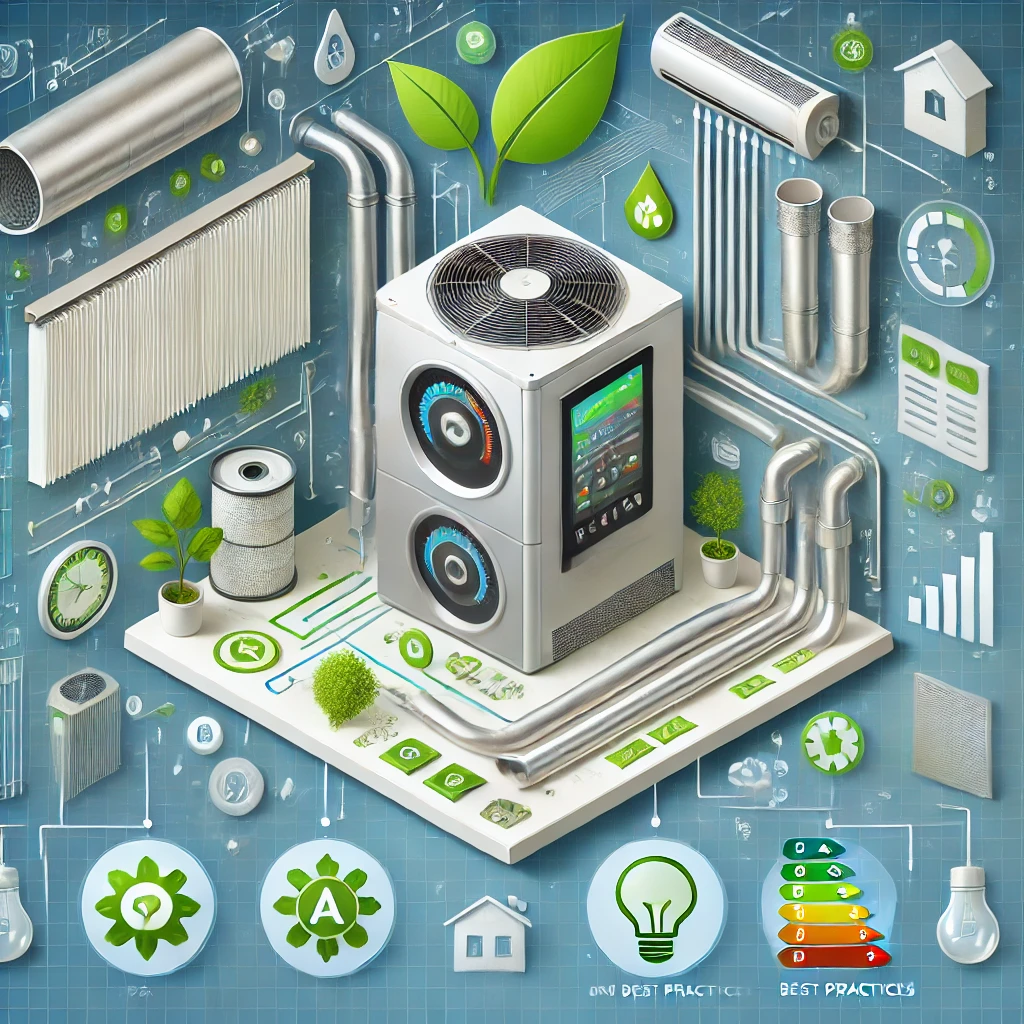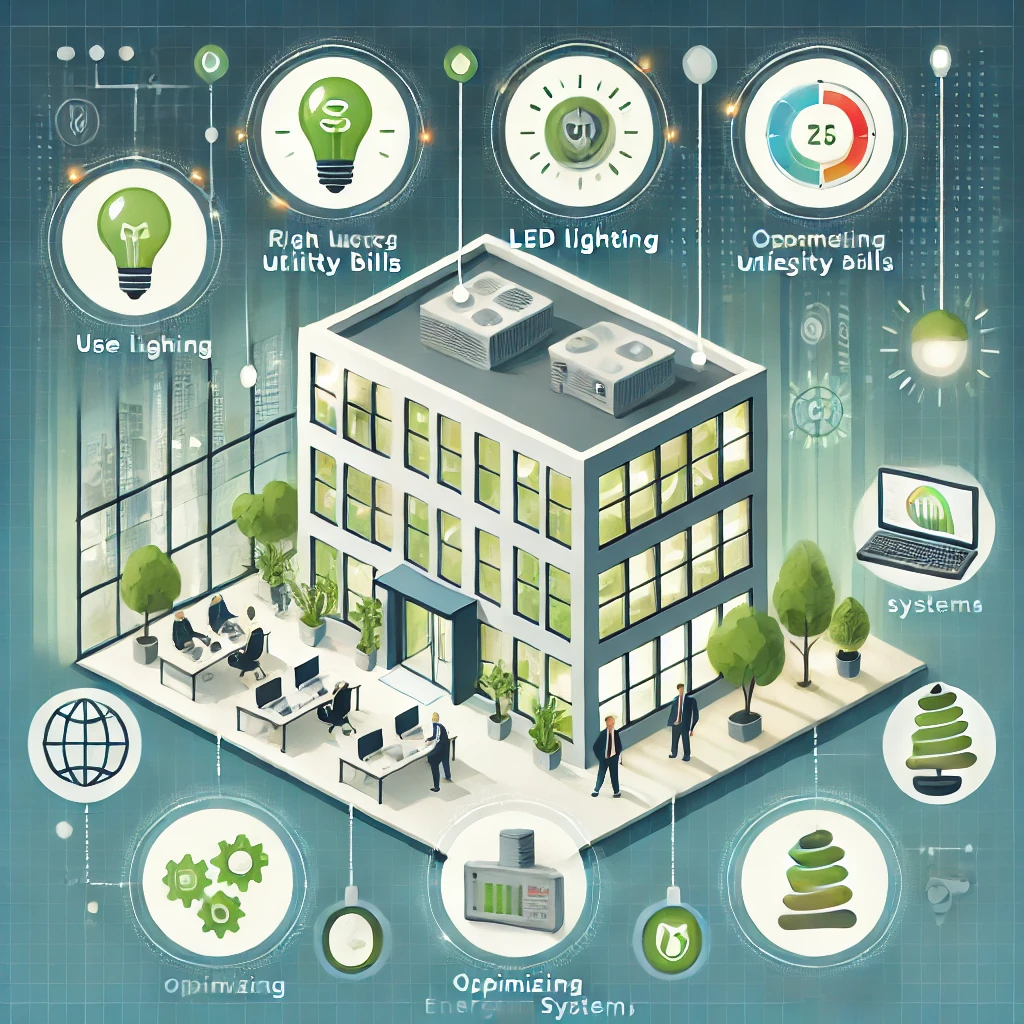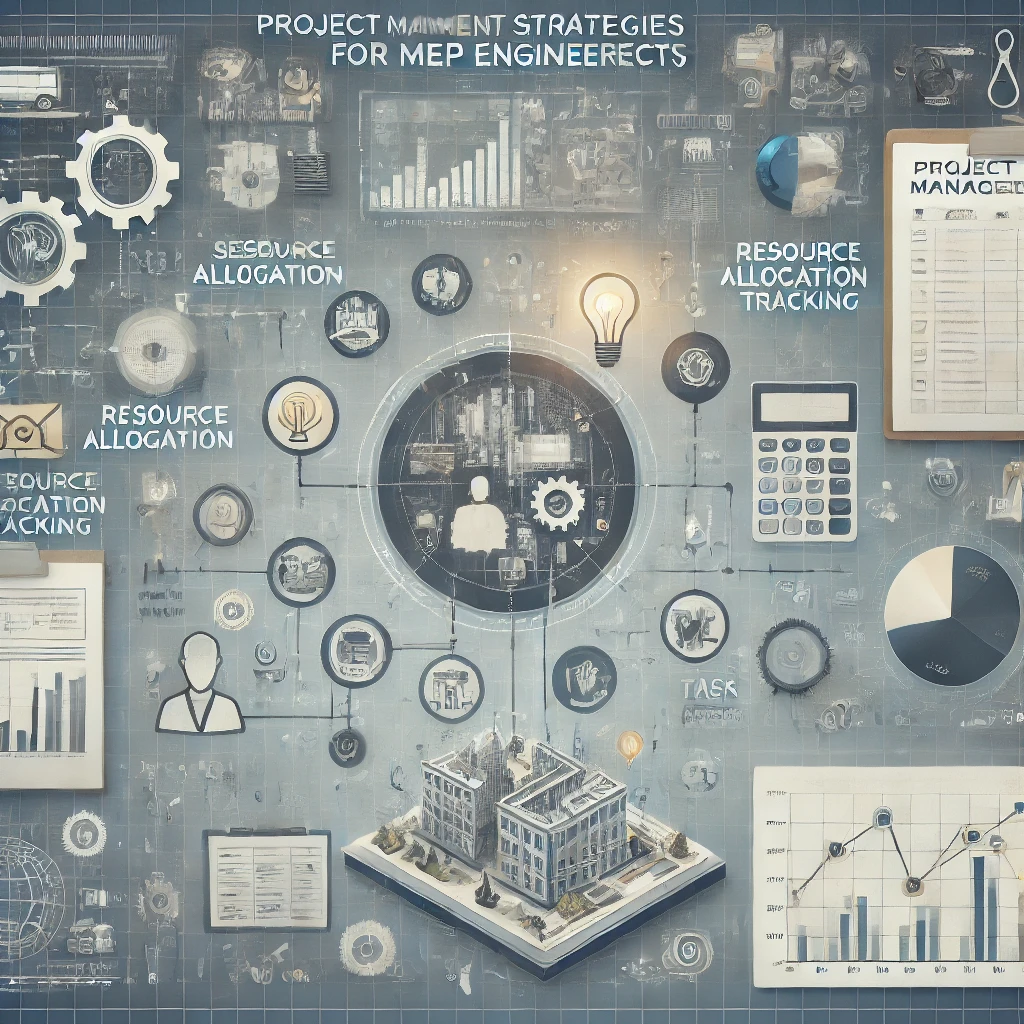Key Considerations for MEP Design in LEED-Certified Buildings
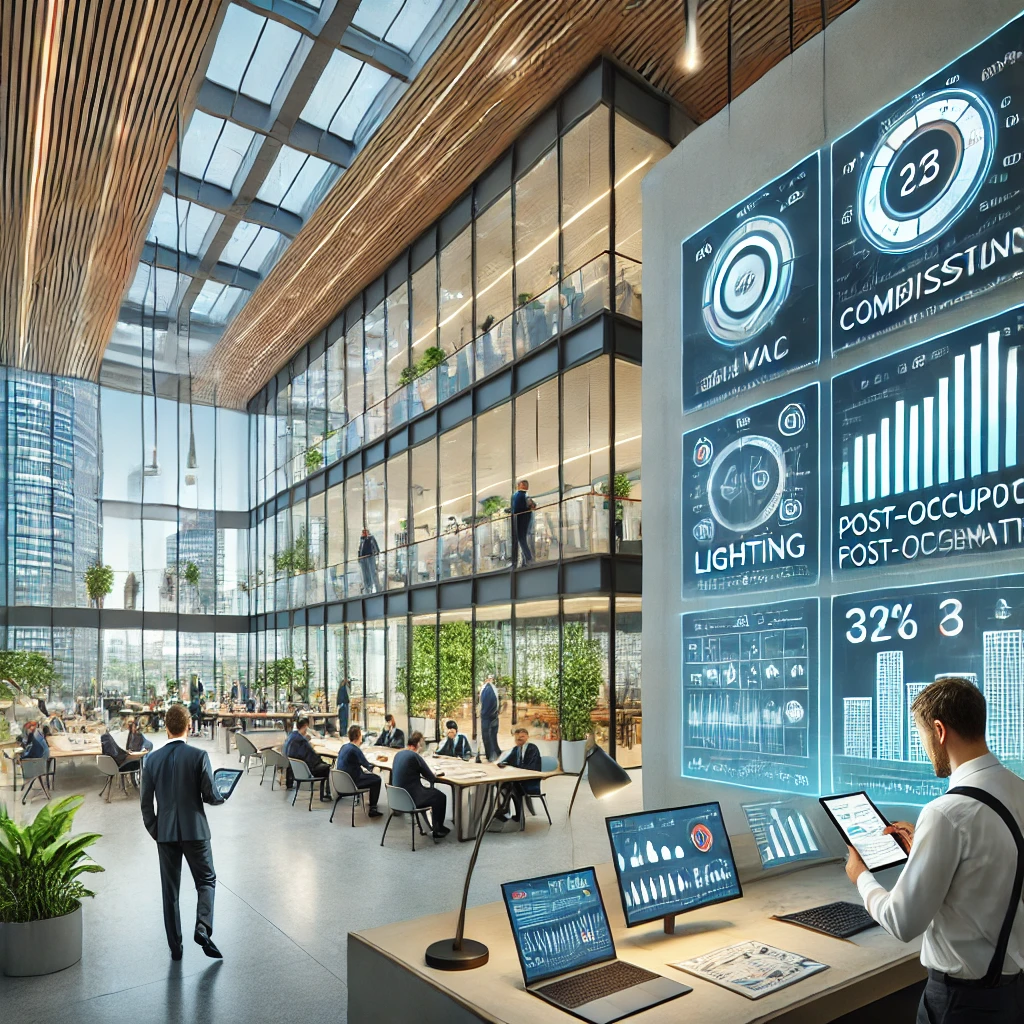
LEED (Leadership in Energy and Environmental Design) certification is an internationally recognized green building certification system, which provides a framework for healthy, highly efficient, and cost-saving buildings. Mechanical, Electrical, and Plumbing (MEP) systems play a critical role in meeting LEED standards, as they are integral to a building's energy efficiency, water management, and overall sustainability. Below are the key considerations for MEP design in LEED-certified buildings.
Energy Efficiency and HVAC Systems
Energy efficiency is a central pillar of LEED certification, and MEP systems are heavily scrutinized for their contribution to reducing a building’s carbon footprint. To achieve optimal energy performance, designers should consider:
- High-Efficiency HVAC Systems: Selecting energy-efficient HVAC units, including heat recovery systems, variable refrigerant flow (VRF) systems, and energy recovery ventilators (ERVs), can help meet LEED energy performance requirements. Smart thermostats and occupancy sensors also contribute to efficiency by reducing energy consumption during periods of low usage.
- Building Automation Systems (BMS): Automated controls allow MEP systems to operate based on real-time demand, such as adjusting HVAC based on occupancy or weather conditions. These systems integrate lighting, HVAC, and electrical systems, optimizing energy usage and contributing to the building's overall efficiency.
- Renewable Energy Integration: Incorporating renewable energy sources, like solar panels or geothermal heating and cooling, can significantly enhance the energy performance of a building, contributing to LEED credits.
Water Efficiency and Plumbing Design
Water conservation is a critical aspect of LEED certification, particularly under the Water Efficiency category. MEP designs should focus on reducing water use while maintaining functionality. Considerations include:
- Low-Flow Fixtures and Fittings: Specifying low-flow plumbing fixtures, such as faucets, showers, and toilets, reduces water consumption, helping to meet LEED water efficiency standards.
- Rainwater Harvesting Systems: Incorporating systems to collect and reuse rainwater for non-potable purposes, such as irrigation or toilet flushing, contributes to water conservation efforts and can garner additional LEED points.
- Greywater and Blackwater Recycling: Using treated greywater (from sinks and showers) for irrigation or toilet flushing can further reduce water usage, enhancing the sustainability of the building.
Indoor Environmental Quality (IEQ)
Achieving optimal indoor air quality and comfort for occupants is another essential goal in LEED-certified buildings. MEP systems directly impact indoor environmental quality (IEQ) in several ways:
- Ventilation and Air Quality: Designing HVAC systems to meet or exceed ventilation standards, such as those set by ASHRAE, helps ensure fresh, clean air inside the building. LEED also encourages the use of low-emission materials in MEP systems to limit the release of pollutants into the indoor environment.
- Thermal Comfort Controls: Providing occupants with control over their thermal environment (e.g., localized temperature controls) improves comfort and satisfaction. Designing systems that maintain stable and comfortable indoor temperatures, with minimal energy usage, can earn credits in the Indoor Environmental Quality category.
- Daylight and Lighting Controls: Incorporating daylighting strategies, such as using natural light to illuminate spaces during the day, reduces reliance on artificial lighting and improves occupant well-being. This strategy, combined with smart lighting controls, helps to optimize energy use and improve lighting quality.
Materials and Resource Conservation
MEP systems should incorporate sustainable materials and construction practices that contribute to LEED’s Materials and Resources category:
- Sustainable Materials: Selecting materials for pipes, ducts, and other MEP components that have a lower environmental impact, such as those made from recycled or rapidly renewable materials, can contribute to LEED points.
- Efficient Equipment and Appliances: Energy-efficient appliances, lighting systems (such as LED lights), and mechanical equipment that consume less power contribute to reduced operational costs and can help meet LEED performance targets.
- Lifecycle Assessment: MEP designs should consider the entire lifecycle of systems, aiming for durability and minimal environmental impact during both construction and operation. Sustainable construction practices, including waste reduction and recycling during installation, can also help meet LEED certification requirements.
-
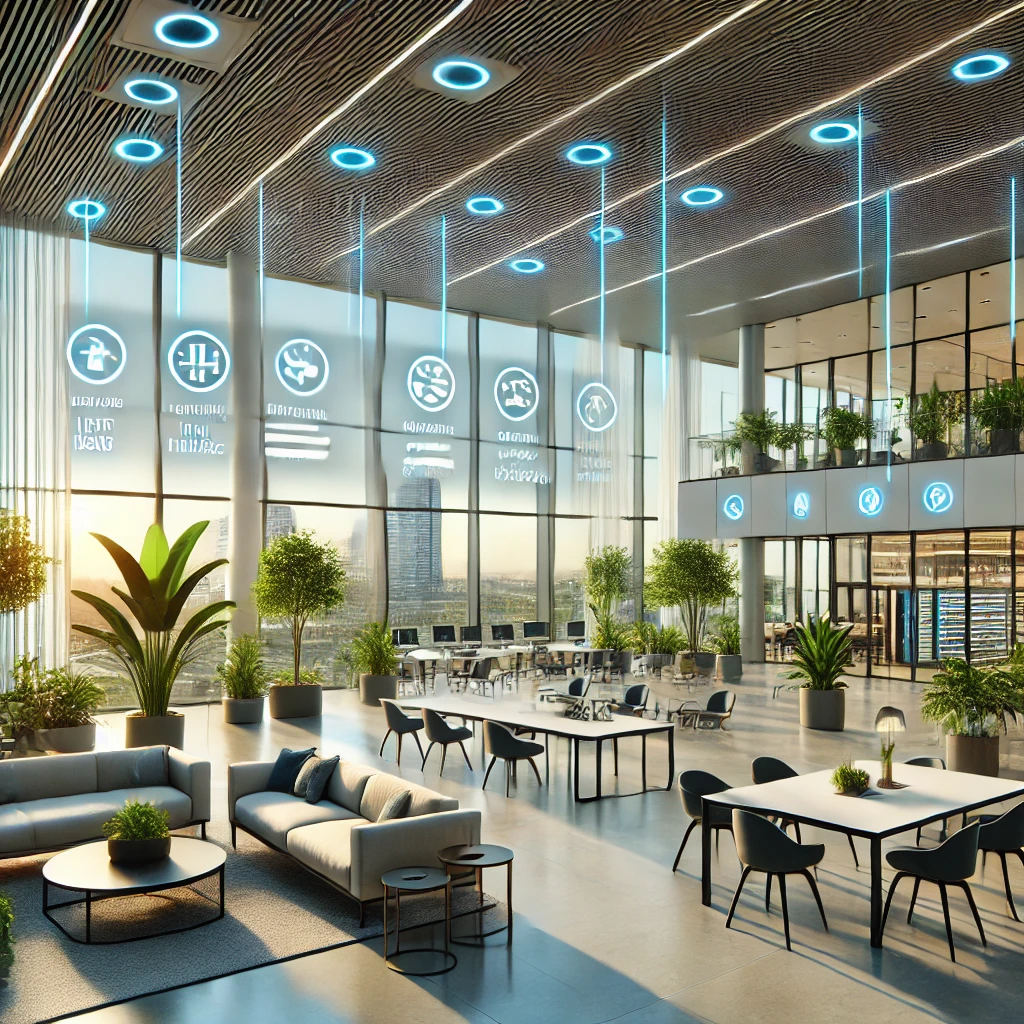
Commissioning and Post-Occupancy Evaluation
A critical component of LEED certification is ensuring that MEP systems perform as designed after construction. Commissioning is the process of verifying and documenting that building systems are designed, installed, and operating according to the owner's operational needs:
- Building Commissioning: LEED emphasizes the importance of commissioning, especially for energy-intensive systems like HVAC and lighting. Commissioning helps ensure these systems operate at peak efficiency, providing ongoing savings in energy and maintenance costs.
- Post-Occupancy Monitoring: Ongoing evaluation of MEP systems through monitoring and adjustments based on real-time data is essential for maintaining LEED certification. This process includes the use of smart building technologies to monitor energy usage, water consumption, and air quality continuously.
Innovation in Design
LEED provides additional credits for innovative approaches that exceed standard sustainability practices. MEP engineers have opportunities to contribute to this through:
- Innovative Energy Solutions: Developing unique energy-saving strategies, such as integrating cutting-edge renewable energy sources or designing net-zero energy buildings, can earn innovation credits.
- Smart Technologies: The integration of smart building technologies, such as AI-driven building automation systems and advanced data analytics for predictive maintenance, can provide an innovative approach that goes beyond traditional MEP design standards.
Conclusion
MEP systems are crucial to achieving LEED certification by enhancing energy efficiency, water conservation, indoor environmental quality, and sustainable resource use. When designing for LEED certification, MEP engineers must adopt forward-thinking approaches, including using advanced technologies, sustainable materials, and systems that contribute to both immediate and long-term environmental goals. Thoughtful MEP design not only helps buildings earn LEED points but also improves operational efficiency, reduces environmental impact, and enhances the comfort and well-being of building occupants.
Category:

